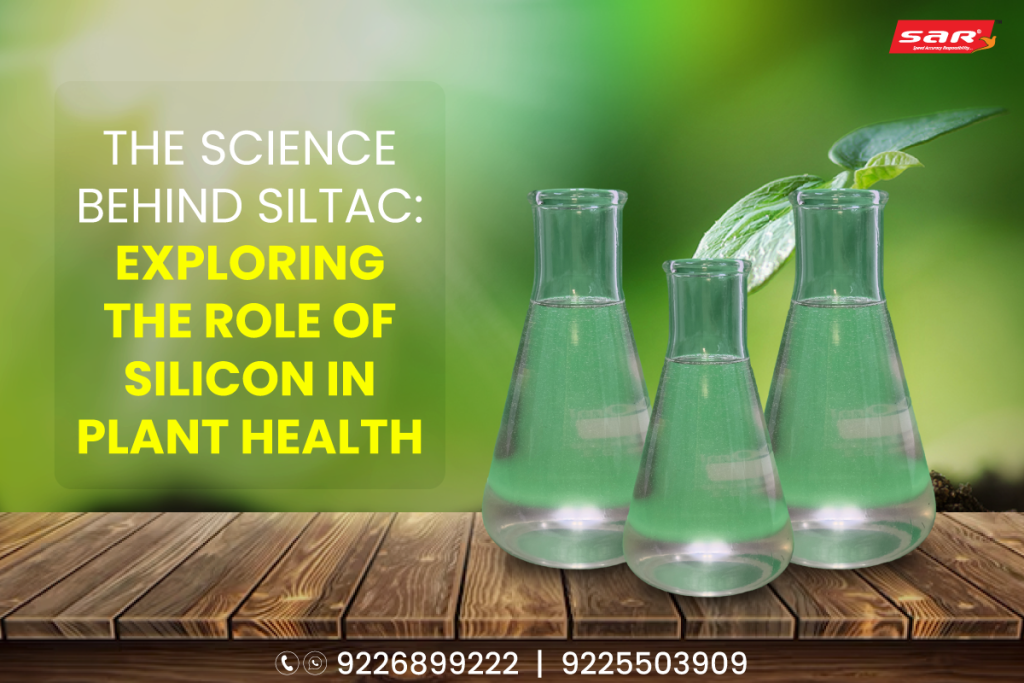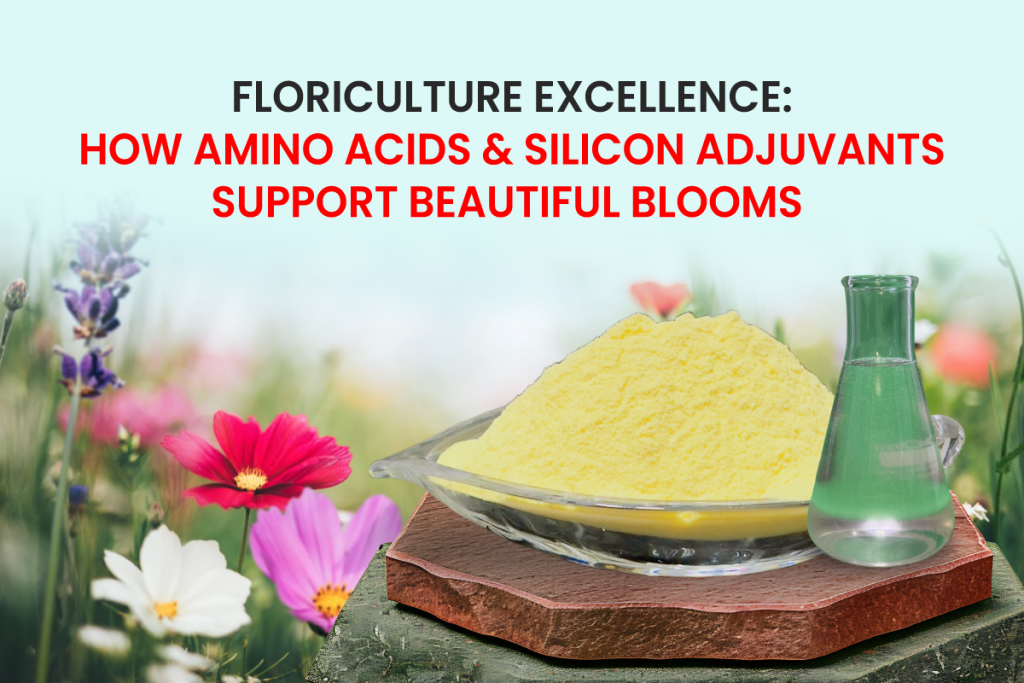
The Fight Against Heat Stress in Crops
Heat stress arises when the temperature crosses the optimal threshold for plant growth, leading to alterations in essential physiological and biochemical pathways. This form of crop stress disrupts, as climate change accelerates, heatwave events are occurring more frequently and intensely — threats to agricultural productivity.
What time of year does heat stress typically happen?
Heat stress normally occurs in late spring and summer months, between May and July when temperatures are at their highest. Most crops are flowering, pollinating, or grain-filling during this time, making them particularly sensitive. But without proper mitigation, even a few days of prolonged heat brings lasting damage and lowers yield potential.
Long exposure to extreme heat may cause
Impaired Photosynthesis
In contrast, high temperatures lead to reduced photosynthetic enzyme activity and in some cases, impairment of chloroplast structure. Consequently, the plants’ ability to both synthesize carbohydrates and produce energy is reduced, resulting in poor growth and lower biomass accumulation.
Protein Denaturation
Enzymes and structural proteins are extremely temperature-sensitive. At high temperatures, such proteins lose their functional shape (they denature), making critical metabolic pathways slow down or turn off altogether.
Oxidative Damage
In excess heat, various reactive oxygen species (ROS), including hydrogen peroxide and superoxide radicals, are generated. These ROS attack membrane lipids, proteins, and nucleic acids, causing rupture of cell membranes and damage to vital organelles.
Reduce Fertility & Grain Set
Heat stress during flowering and pollination can negatively affect pollen viability, germination, and stigma receptivity. As a consequence, fertilization is poor and this results in less seed set, fruit development, and ultimately yields.
Imbalance of Water and the Stress of Transpiration
Warmer temperatures ramp up the process of transpiration and can throw the plant’s ability to regulate water out of whack. That means it causes dehydration to rapidly occur as well as closing the stomata, meaning it doesn’t absorb nutrients, which will only worsen the stress symptoms.
When combined with heat stress occurring at sensitive stages of the crop development cycle, such as flowering and grain filling, these effects can lead to considerable yield losses.
Importance of Agrochemicals in Relieving Heat Stress
Agrochemicals have an important role to play in promoting heat stress mitigation through targeted physiology support and stress mitigation mechanisms in plants, as stated in:
Biostimulants
Biostimulants are natural or synthetic compounds that to promote plant metabolism and resilience. They do not directly supply plants with nutrients but act to activate internal plant defence and growth pathways.
Phytohormones, such as IBA (indole butyric acid) and α-naphthalene acetic acid (NAA) are commercially available and are often added to plant rooting solutions.
Mechanism of Action: Enhances photosynthesis efficiency, osmotic regulation, and antioxidant enzyme activity
For example, Bridgeway, a biostimulant sprayed in potato crops, maintained tuber development and chlorophyll content against high temperature.
Micronutrients
Other examples include the important microminerals zinc (Zn), manganese (Mn), and copper (Cu), which are vital for the processes of enzyme activation, photosynthesis, and antioxidant defense.
Chelated Forms: Better availability and absorption, especially in stressed soils.
Emphasis on Oxidative Stress: Induces superoxide dismutase and other antioxidant enzymes
Application tip: Foliar sprays are particularly effective during flowering stage
Humic and Fulvic Acids
These acids, which are produced from organic matter, are vital for soil health and absorption of nutrients.
Humic Acids: Enhance soil structure and the ability to retain water
Fulvic Acids: Increase nutrient solubility and uptake at the root level
Benefit to Heat Stress: Assists crops to utilize deeper water layers for metabolic activity under high evapotranspiration
Silicon-Based Products
Silicon is labelled a beneficial element rather than an essential one, yet it is required in these stressed conditions.
Function: Provides strength to cells, improves cell wall stability, reduces water loss through transpiration
Potassium silicate foliar sprays (Common Form)
Response to Stress: Augments tolerance to heat and drought, lessening incidence of disease
Agrochemical Methods for Shielding Against Heat
To increase the efficiency of agrochemicals in controlling heat stress, we can:
Soil Health Management
The use of humic and fulvic acids must be applied regularly to build up organic matter, increase soil fertility and increase the capacity for water retention.
Timing of Critical Foliar Applications
Be sure to spray biostimulants and micronutrients during the flowering and grain-filling stages for additional plant defense when they are at their most vulnerable.
Silicon Supplementation
Apply silicon-based products to induce structural strength and thermal tolerance when the plants are still at early vegetative stages.
Connectivity with Agronomic Practices
Agrochemical solutions work best in conjunction with good agronomic practices, which include:
Mulching to preserve moisture in the soil
Water use efficiency through drip irrigation
Reporting of the author after the title: September 20, 2023 Listen Plant heat-tolerant hybrid or varieties
Sowing after a certain date to minimise heat-sensitive growth stages
Conclusion
As climate challenges stack up, protecting your crops from heat is increasingly important. The combination of the right agrochemical solutions and good farming practices will help protect your yield and help you be resilient to increasing temperatures.



